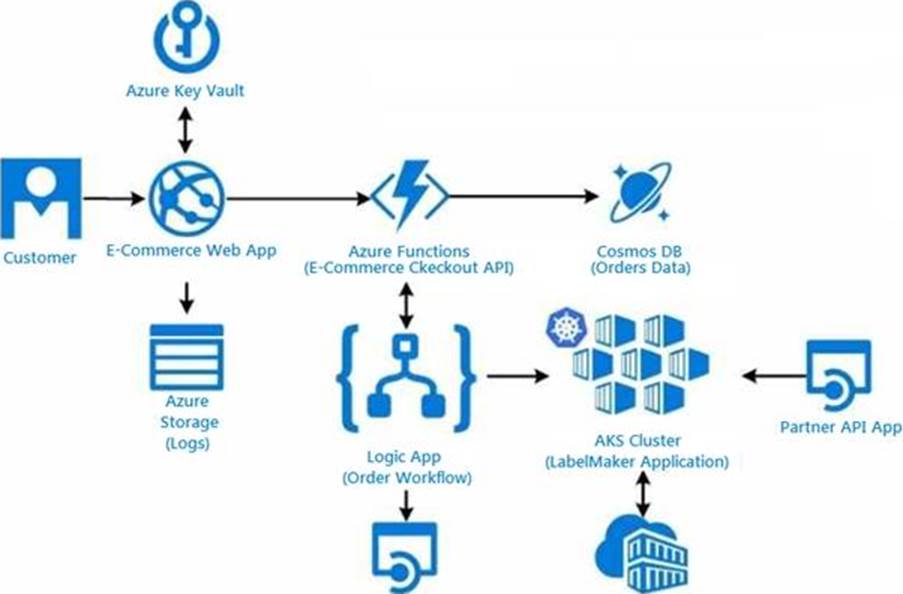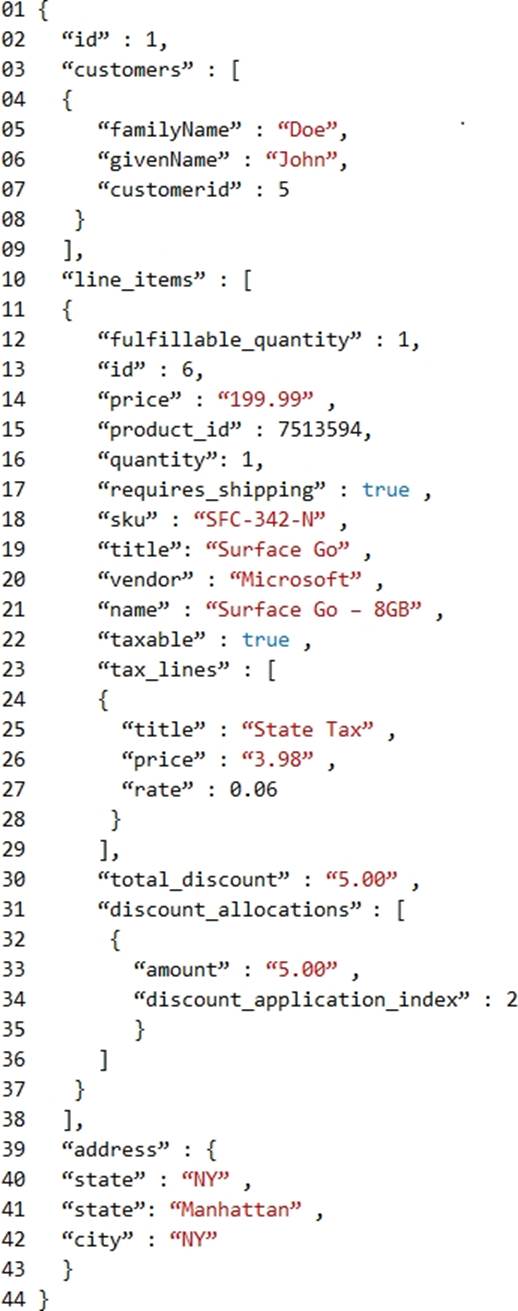What should you do first?
Topic 6, Coho Winery
Case study
This is a case study. Case studies are not timed separately. You can use as much exam time as you would like to complete each case. However, there may be additional case studies and sections on this exam. You must manage your time to ensure that you are able to complete all questions included on this exam in the time provided.
To answer the questions included in a case study, you will need to reference information that is provided in the case study. Case studies might contain exhibits and other resources that provide more information about the scenario that is described in the case study. Each question is independent of the other questions in this case study.
At the end of this case study, a review screen will appear. This screen allows you to review your answers and to make changes before you move to the next section of the exam. After you begin a new section, you cannot return to this section.
To start the case study
To display the first question in this case study, click the Next button. Use the buttons in the left pane to explore the content of the case study before you answer the questions. Clicking these buttons displays information such as business requirements, existing environment, and problem statements. When you are ready to answer a question, click the Question button to return to the question.
LabelMaker app
Coho Winery produces, bottles, and distributes a variety of wines globally. You are a developer implementing highly scalable and resilient applications to support online order processing by using Azure solutions.
Coho Winery has a LabelMaker application that prints labels for wine bottles. The application sends data to several printers. The application consists of five modules that run independently on virtual machines (VMs). Coho Winery plans to move the application to Azure and continue to support label creation.
External partners send data to the LabelMaker application to include artwork and text for custom label designs.
Requirements. Data
You identify the following requirements for data management and manipulation:
✑ Order data is stored as nonrelational JSON and must be queried using SQL.
✑ Changes to the Order data must reflect immediately across all partitions. All reads to the Order data must fetch the most recent writes.
Requirements. Security
You have the following security requirements:
✑ Users of Coho Winery applications must be able to provide access to documents, resources, and applications to external partners.
✑ External partners must use their own credentials and authenticate with their organization’s identity management solution.
✑ External partner logins must be audited monthly for application use by a user account administrator to maintain company compliance.
✑ Storage of e-commerce application settings must be maintained in Azure Key Vault.
✑ E-commerce application sign-ins must be secured by using Azure App Service authentication and Azure Active Directory (AAD).
✑ Conditional access policies must be applied at the application level to protect company content.
✑ The LabelMaker application must be secured by using an AAD account that has full access to all namespaces of the Azure Kubernetes Service (AKS) cluster.
Requirements. LabelMaker app
Azure Monitor Container Health must be used to monitor the performance of workloads that are deployed to Kubernetes environments and hosted on Azure Kubernetes Service (AKS).
You must use Azure Container Registry to publish images that support the AKS deployment.
Architecture

Issues
Calls to the Printer API App fail periodically due to printer communication timeouts.
Printer communication timeouts occur after 10 seconds. The label printer must only receive up to 5 attempts within one minute.
The order workflow fails to run upon initial deployment to Azure.
Order.json
Relevant portions of the app files are shown below. Line numbers are included for reference only.
This JSON file contains a representation of the data for an order that includes a single item.
Order.json

You need to access data from the user claim object in the e-commerce web app.
What should you do first?
A . Write custom code to make a Microsoft Graph API call from the e-commerce web app.
B. Assign the Contributor RBAC role to the e-commerce web app by using the Resource Manager create role assignment API.
C. Update the e-commerce web app to read the HTTP request header values.
D. Using the Azure CLI, enable Cross-origin resource sharing (CORS) from the e-commerce checkout API to the e-commerce web app.
Answer: C
Explanation:
Methods to Get User Identity and Claims in a .NET Azure Functions App include:
ClaimsPrincipal from the Request Context
The ClaimsPrincipal object is also available as part of the request context and can be extracted from the HttpRequest.HttpContext. User Claims from the Request Headers.
App Service passes user claims to the app by using special request headers.
Reference: https://levelup.gitconnected.com/four-alternative-methods-to-get-user-identity-and-claims-in-a-net-azurefunctions-app-df98c40424bb
Latest AZ-204 Dumps Valid Version with 254 Q&As
Latest And Valid Q&A | Instant Download | Once Fail, Full Refund

